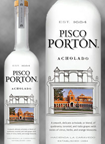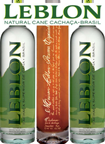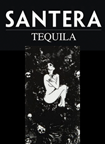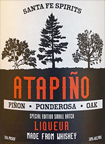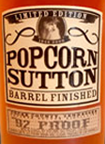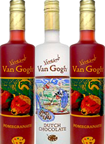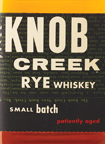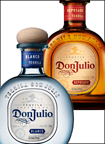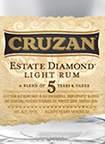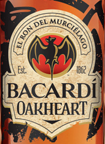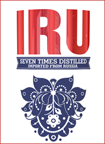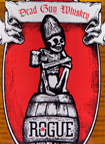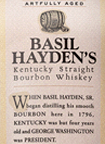Here's,
a bit of a quiz for you to try: what in the world is Pisco,
what is Porton, what are acholado, quebranta and torontel?
I suppose either being from Peru or being able to speak Spanish
might help solve this quiz but reading the next few paragraphs
will do just as well.
Pisco
is a strong, colorless grape brandy produced in Peru and Chile.
It was developed by Spanish settlers in the 16th century as
a cheaper alternative to orujo, a brandy that was imported
from Spain. Pisco received its name from (DUH) the town of
Pisco. In the late 1550s, the Spanish began to plant and harvest
export quality grapes selected to produce wine. Those grapes
that did not measure up were discarded or given to the farmers
to do with as they pleased, and they pleased to use those
grapes to distill a brandy-like liquor.
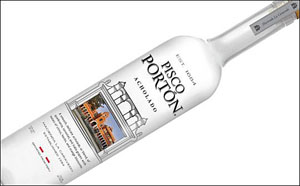
In
1641, wine imports from Peru into Spain were banned in order
to eliminate competition for any locally produced grape products.
Local production of both wine and Pisco continued for local
consumption and export to other colonies.
During
the eighteenth and nineteenth centuries, drunken sailors really
took a liking to this stuff since they were the ones transporting
it everywhere, and they exalted it for its strong taste and
ability to quickly lay waste to them. As trade from Peru to
the world grew, so did the popularity of Pisco, until it almost
equaled wine in quantity as an export. This position was maintained
by Pisco until the onset of rum, which won over consumers
with lower prices and a softer flavor.
Turns
out that Pisco was the original San Francisco treat during
the Gold Rush and into the late nineteenth century and even
into the early twentieth century. Pisco was king in San Francisco's
watering holes back then because it was easier to ship Pisco
up the coast from Peru than to transport whiskey overland
from the East Coast. Newly rich gold prospectors, thirsty
sailors, and eventually all of San Francisco developed a robust
appetite for Pisco that lasted until the supply was cut off
by Prohibition in 1920.
Pisco Punch was the most famous cocktail in San Francisco,
made at the Bank
Exchange
on Montgomery and Washington, by famous bar owner, Duncan
Nicol. At 25 cents, the drink was preposterously expensive
yet incredibly popular. A true gentleman barkeeper, Nicol
had a house rule that two Pisco punches were enough for any
patron of his bar. If a customer wanted a third, he had to
walk around the long block and come back in to qualify as
a new customer.
Porton, in Spanish means main door or gate but in this case
it refers to the company that was founded in 2011 to produce
Pisco. Acholado is one of three types of Pisco: puro (pure),
Acholado (a blend) and Mosto Verde (green must). Quebranta
is the strongest of all pisco grape varietals while torontel
grapes are known for their expressive and intense aromas.
The
good folks who distill this hooch call it a flavorful spirit,
more flavorful than vodka and more subtle than tequila but
curiously never ever refer to it as brandy. Being a total
cognac freak I happen to know a bit about brandy, so I guess
the proof will be in the tasting.
Upon opening the bottle, I get a liberal dose of citrus, lemons,
menthol, licorice and oranges but little or no alcohol, which,
for a spirit that is distilled to 86 proof, is saying quite
a lot. On the palate, I get the citrus up front followed by
the sweetness of oranges and a touch of vanilla. The finish
leaves the smooth taste of grapes and citrus and white pepper
in my mouth for a medium amount of time. Although this spirit
is considered to be of the brandy family, it is unlike any
traditional brandy I have tasted. It has a broader palate
of flavors than brandy. It also has a slight smokiness that
is quite natural, as by law, Pisco cannot be aged in barrels
but must be aged in vessels that will not impart any flavor
to the final product. I really like this Pisco and will definitely
include it in my bar at home.
Do
yourself a favor and make a Pisco punch; you will not regret
it. Simply stew pineapple parts in simple syrup for a few
days and then have fresh lemons on hand. It's really a simple
recipe, and you know, most of the really simple things I have
tried have been far better than the really complicated things
I have ended up hating. This stuff was downright awesome!
It is the best lemonade I have ever had in my life. It is
the best summer drink I have ever had, and I certainly don't
mean to slight my old friend Gin and Tonic.
At
around $40.00 to $50.00 per bottle, it's up there, but it
is definitely worth it. And if you get a bottle, for God's
sake, stir up a batch of Pisco Punch because it will make
your entire summer. It really doesn't get much better than
this.

By George Brozowski
For
more Rants & Raves click
here.

http://www.piscoporton.com/








